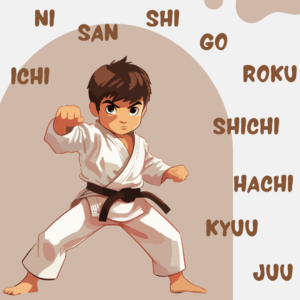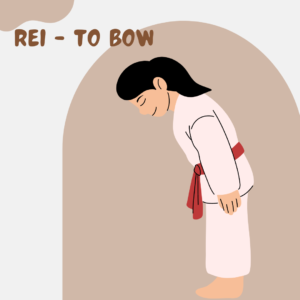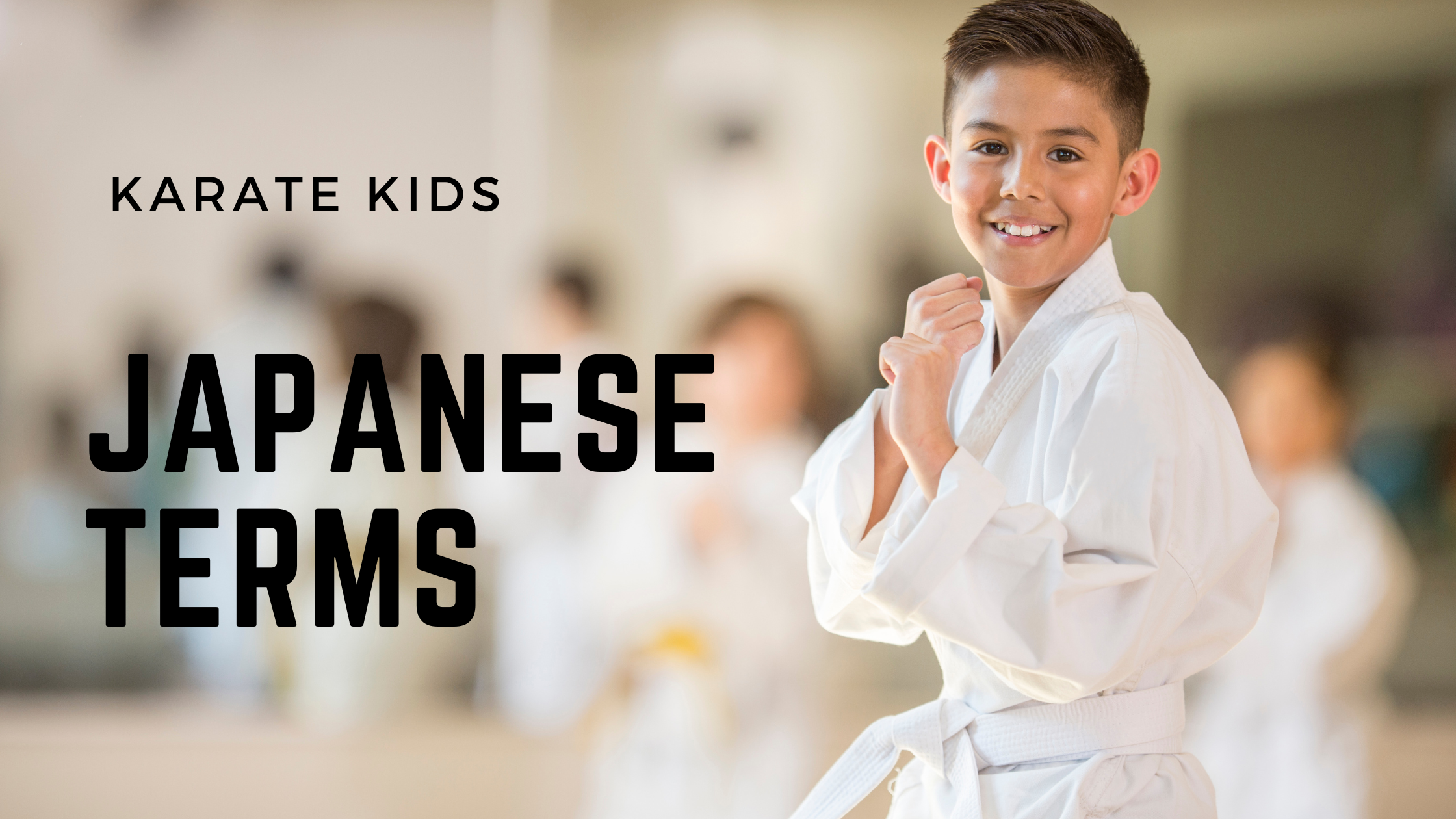Many parents enroll their children in Karate classes for the physical benefits such as building discipline, coordination, and self-defense skills. But Karate offers more than just physical training, it’s a window into Japanese culture and language.
As your child dons their Gi (uniform) and steps onto the Dojo (training hall), they’ll be introduced to a world of fascinating Japanese terms. Here’s a glimpse into what they might be learning:
Uniform – Gi
Training hall – Dojo
Counting to Victory:
Karate incorporates basic Japanese counting, from Ichi (one) to Juu (ten). This not only helps with exercises but also instills a sense of order and discipline.
One – Ichi
Two – Ni
Three – San
Four – Shi
Five – Go
Six – Roku
Seven – Shichi
Eight – Hachi
Nine – Kyuu
Ten – Juu
Beyond the Punches:
Your child will learn various Dachi (stances) like Heikodachi (ready stance) and Geri (kicks) like Maegeri (front kick) and Yokogeri (side kick). These terms not only enhance technique but also add a layer of cultural understanding.
Stance – Dachi
Ready stance – Heikodachi
Horse stance – Kibadachi
Back stance – Kokstudachi
Punch – Tsuki
Facepunch – joudantsuki
Stomach Punch – chuudantsuki
Groinpunch – Gedantsuki(below belt)
Kicks – Geri
Front kick – Maegeri
Side kick – Yokogeri
Round kick – Mawashigeri
Hook kick – Uramawashigeri
Back kick – Ushirogeri
 The Language of Respect:
The Language of Respect:
Karate is deeply rooted in respect. Rei (bows) are a cornerstone of etiquette, and your child will learn commands like Hajime (begin) and Yame (stop) to follow instructions and show courtesy.
Bow – Rei
Begin – Hajime
Stop – Yame
Restart – Sujukite hajime
Do You Need to Speak Japanese?
While fluency isn’t necessary, a basic understanding of these terms enriches the learning experience. Knowing what “kihon” (basics) means helps your child focus on core techniques and understanding “kata” (form) allows them to appreciate the structured routines. However, most instructors will provide translations and explanations, ensuring clear communication.
Basics – Kihon
Form – Kata
A Parent’s Pride:
Witnessing your child mastering new skills and confidently using Japanese terms is a source of immense pride. It demonstrates their dedication, discipline, and growing cultural awareness. Karate goes beyond physical training; it becomes a gateway to a new culture and language.
Learning any art form is more than just the art – it is the culture and the language. This statement perfectly
captures the essence of karate. As your child progresses, their understanding of Japanese terms will deepen, enriching their karate journey and fostering a lifelong appreciation for this unique martial art.
Want to Help Your Child Take Their Japanese Further?
The Oriental Dialogue provides language learning courses specifically designed to complement your child’s karate training. Our programs can help your child improve their understanding of the Japanese terms used in class, fostering a deeper connection to the culture and enhancing their overall karate experience.
Visit The Oriental Dialogue’s website to explore our varied range of courses in Chinese, Japanese, and Korean. Sign up for a free online demo session to see how each language is taught and discover their unique specialities. Attend all three demo sessions (Chinese, Japanese, and Korean) and decide which language best complements your child’s karate journey and ignites their passion for learning!



